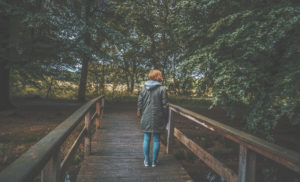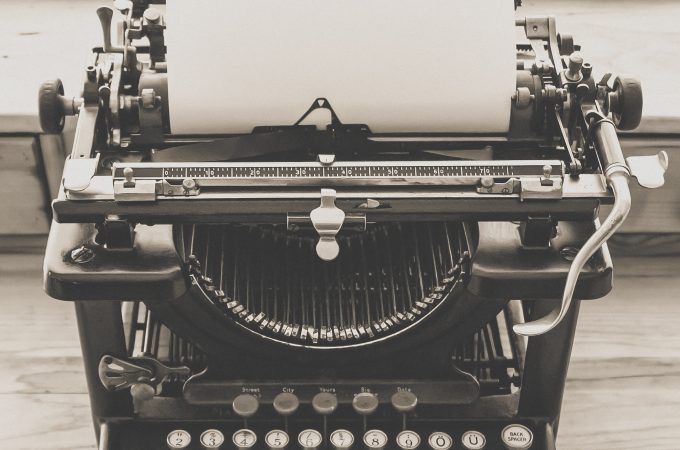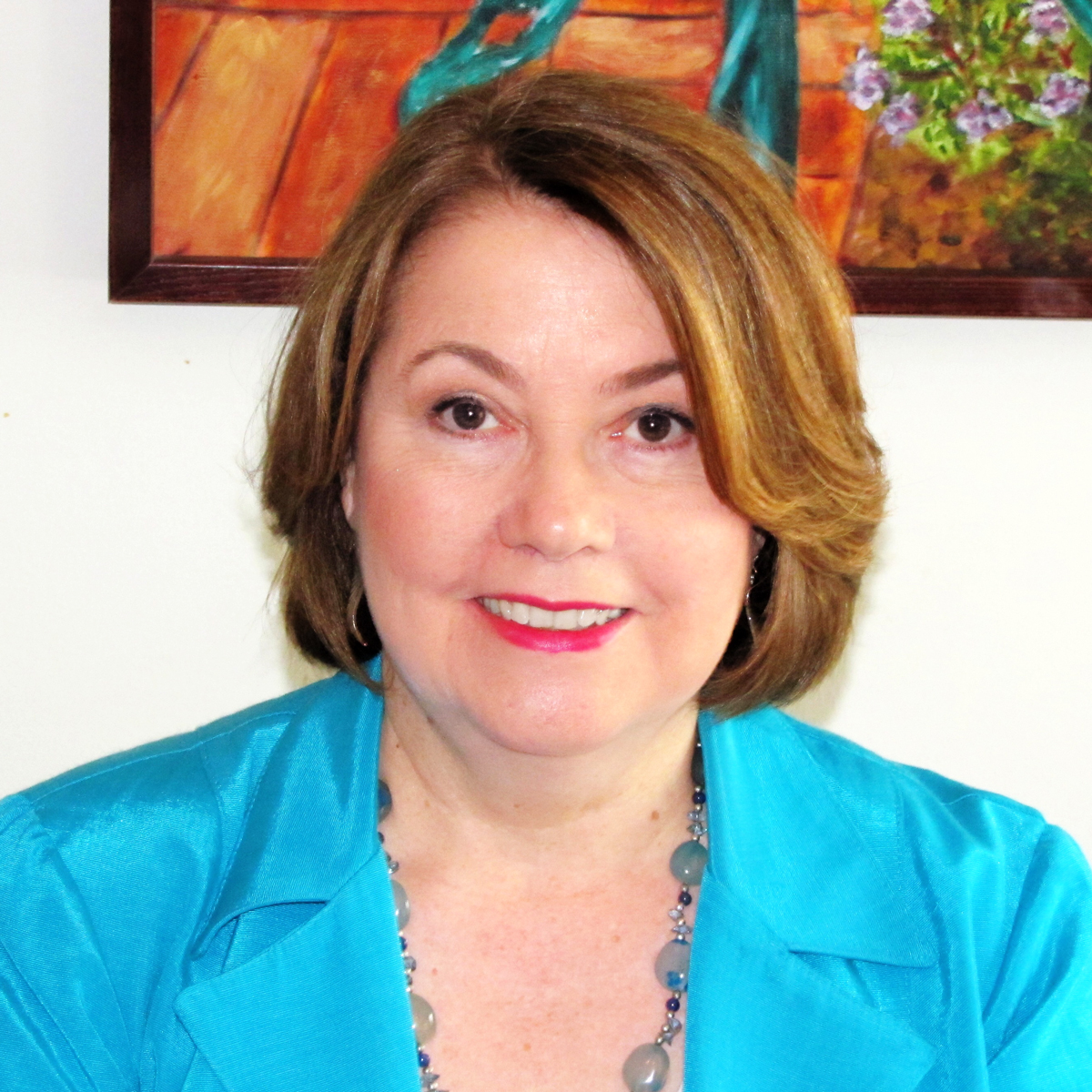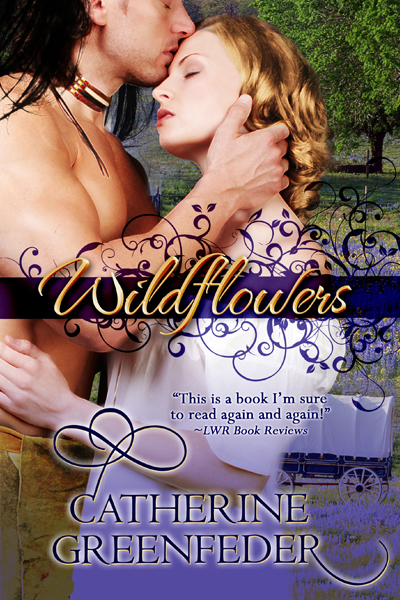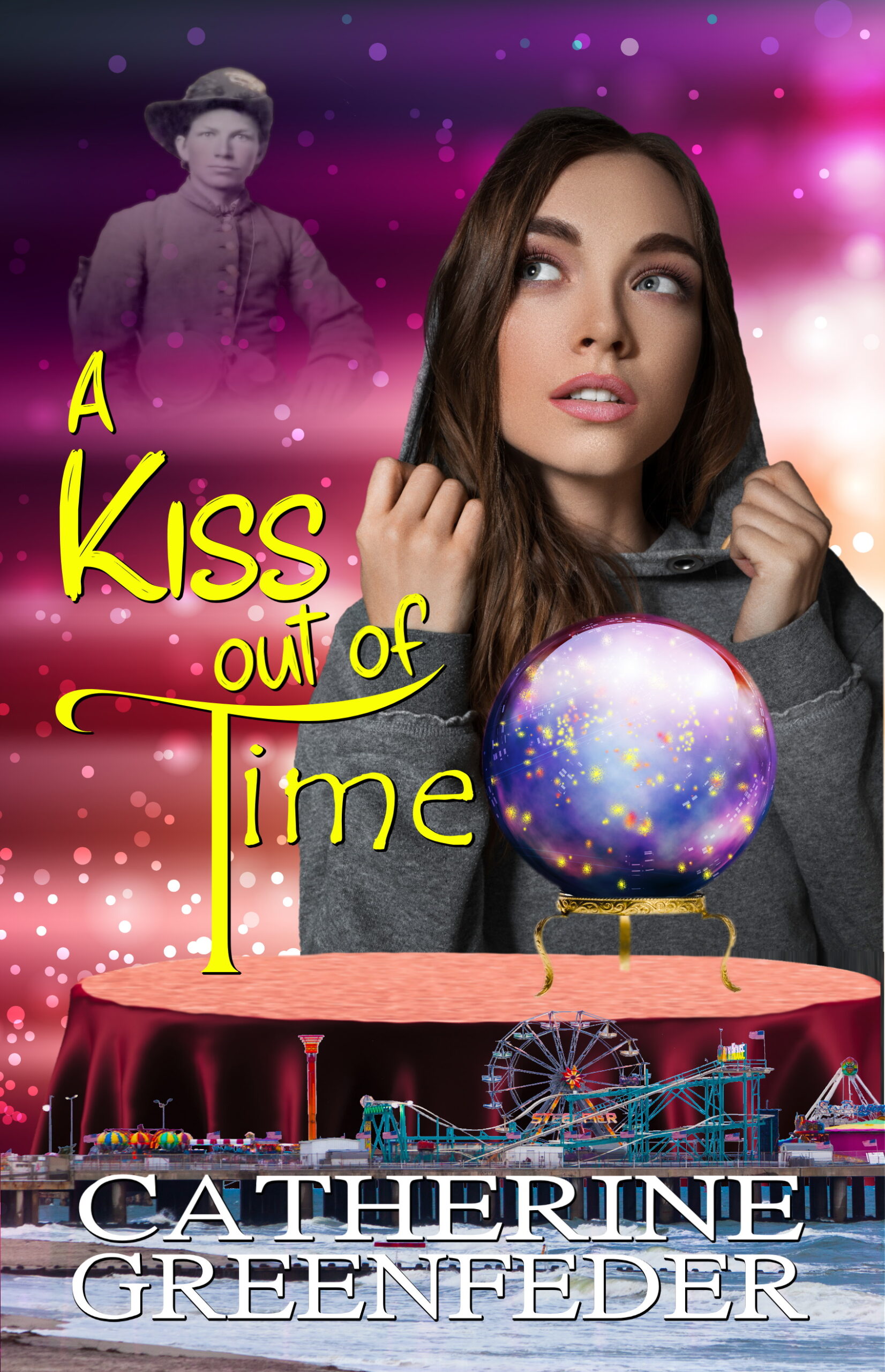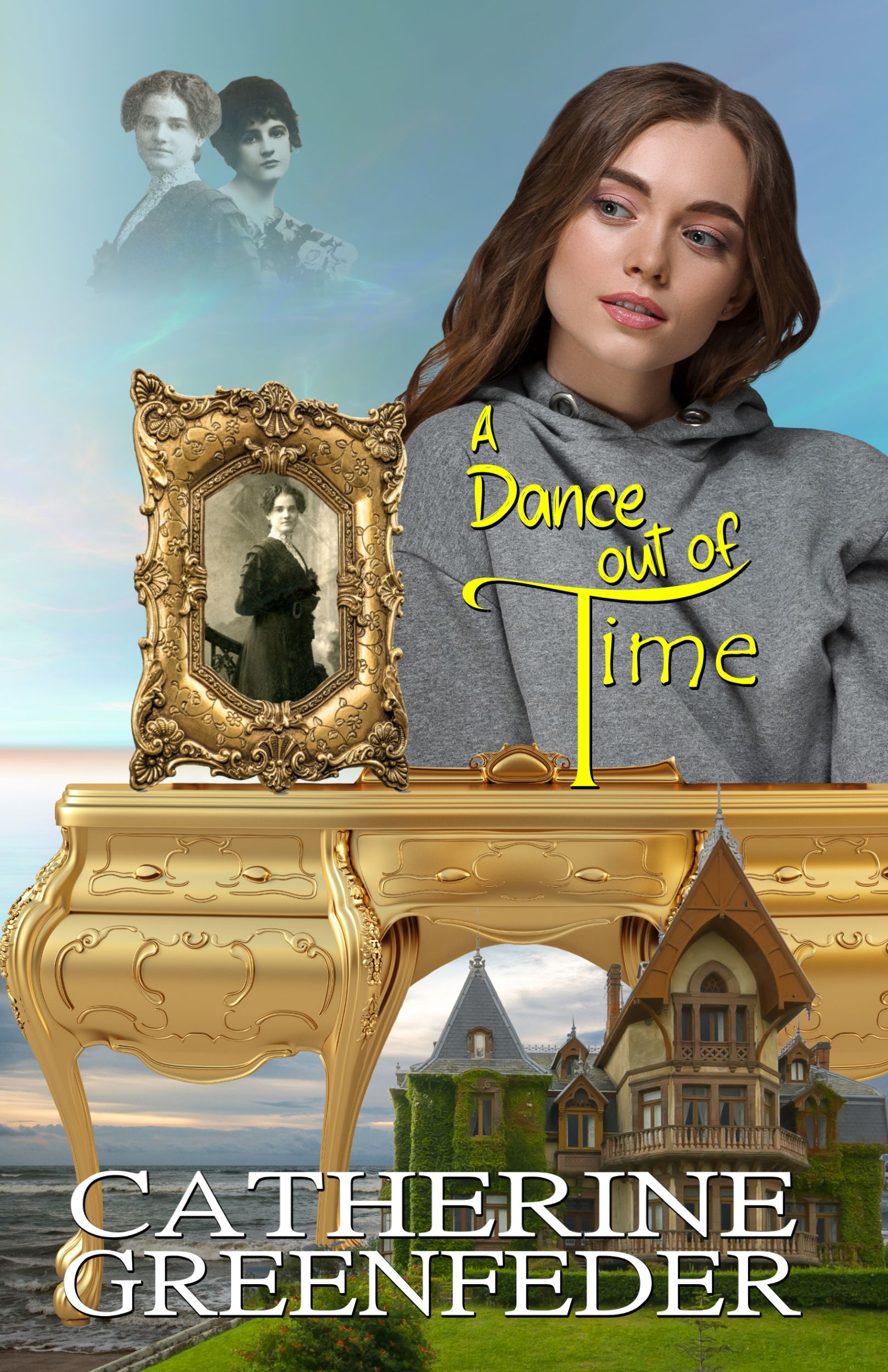
As a child, I enjoyed daydreaming, studying clouds, and thinking up ideas about their shapes. My imagination often took flight by glancing outside.
Daydreaming sometimes seems like a waste of time, but for a writer, it can be time well spent.
I used to think that you had to “sweat” out getting the words for a story down. Oddly, words and stories “appeared” in my mind when I was busy doing other things such as making the bed, creating a salad, or simply looking at clouds. So, when a case of writer’s block struck, a friend suggested daydreaming, and it helped.
To me daydreaming allows for the free flow of ideas which aid the imagination. Of course, you have to write something later on if you are writing a story, but a daydream might lead to it.
Dreams in general are open to interpretation, and I have longed kept a dream journal. Although I consulted dream dictionaries, I found that writing the dreams down and interpreting them on my own to be more reliable than a dictionary on dreams. Night time dreams can also inspire storytelling as your subconscious works things out, and also can provide a narrative which can be a source for a story. In Sacred Fires, my paranormal story, the prologue scene came from a dream I had of a young couple in ancient Aztec times who must escape from a ruthless high priest who wants to separate them. I connected the past to the present time in the story through the notion of reincarnation.
If you’re struggling on coming up with a story, try daydreaming or use your nocturnal dreams. Keep a notebook nearby.
Happy dreams!
